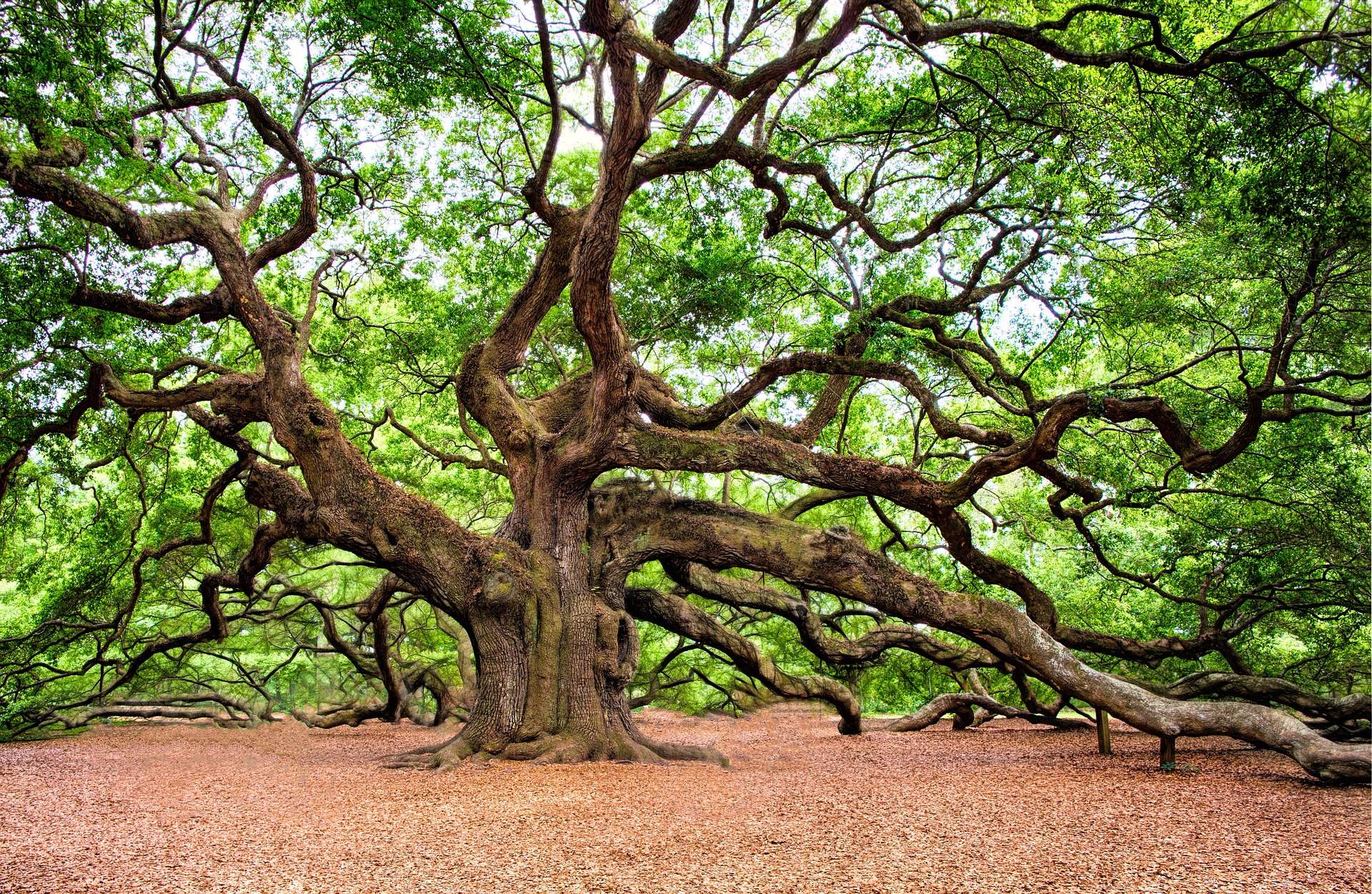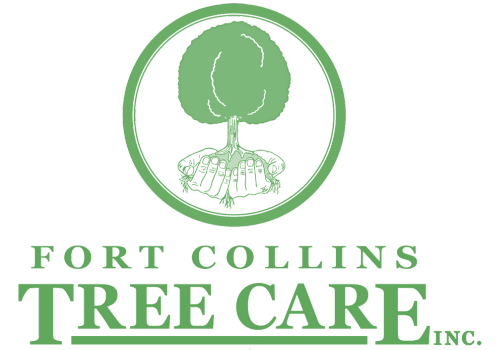ARE YOU READY FOR SOME HELP?
What is ink spot?
Ink spot is caused by the fungus Ciborinia whetzelii. It mainly attacks aspen, but also poplars and cottonwoods. It causes the most damage to small trees and the lower leaves of larger trees. Severe infections make a tree more susceptible to other diseases, insects, and frost damage and may make the tree look bad, but they rarely cause long-term damage or kill a tree.
Image by: Steven Katovich, USDA Forest Service, Bugwood.org
How to identify ink spot
Look for large numbers of dead leaves and raised black “ink spots” about 1/4″ across on dead, brown leaves. In late summer these spots will drop out of the leaves leaving leaves with “shot holes” on the tree. The Ciborinia whetzelii fungus causes reddish brown spots on the leaves a few weeks after infection. Often the entire leaf will turn brown before the “ink spots” appear.
Image by: William Jacobi, Colorado State University, Bugwood.org
Life cycle of ink spot
The Ciborinia whetzelii fungus overwinters in the leaf debris on the ground, as a mass of fungal material. Wet spring weather causes the fungus to create fruiting bodies that release spores. These spores are carried by wind and rain to the leaves. 2-3 weeks after infection brown spots appear, expanding until they cover the entire leaf. 2-3 weeks after brown spots appear, 1-4 black “ink spots” appear on each leaf. Infected leaves die in the summer, but may stay on the tree until fall. In late summer the “ink spots” drop from the leaves to the ground where the fungus will overwinter.
Image by: William Jacobi, Colorado State University, Bugwood.org
How to control ink spot
Pick up and remove leaves and debris around the base of trees after the leaves drop in the fall to prevent reinfecting trees in the spring. Greater spacing between trees makes it harder for ink spot to spread to new trees. Prune for good airflow to help leaves dry out, and adjust sprinklers so they don’t get water on the leaves. Fungicides can prevent infection if applied before symptoms appear, but will not cure already infected leaves.













